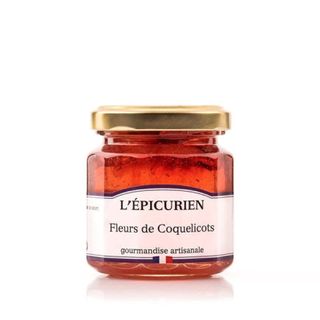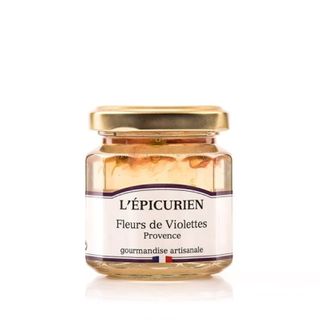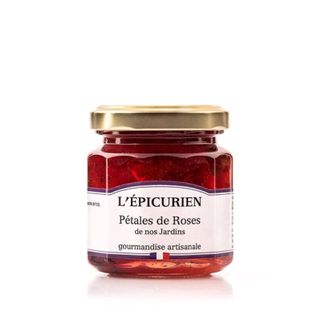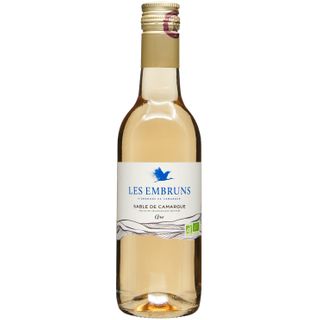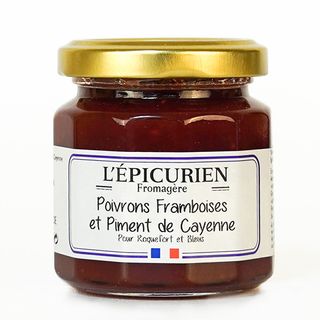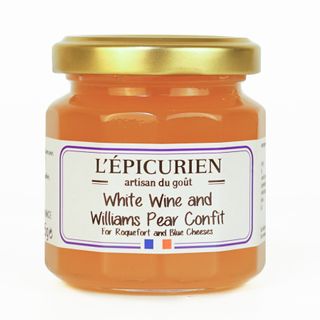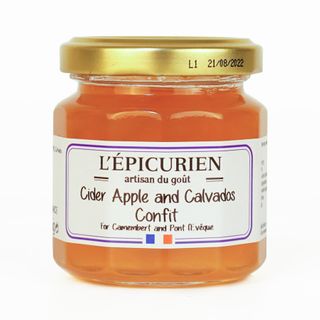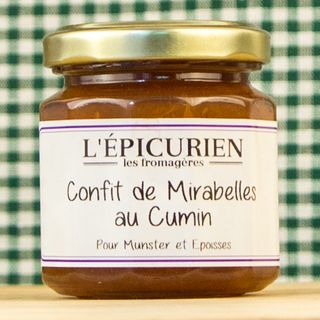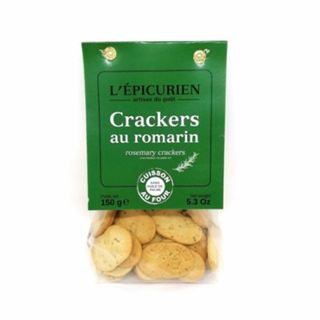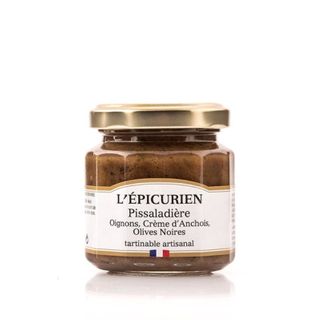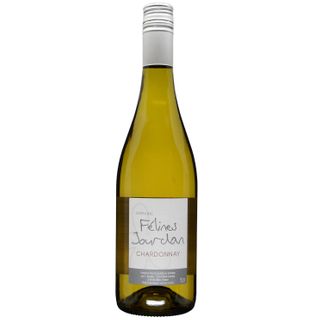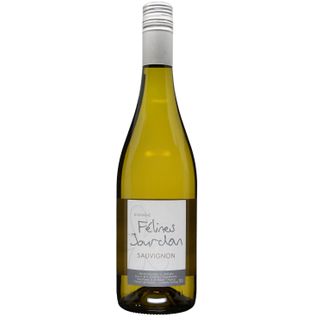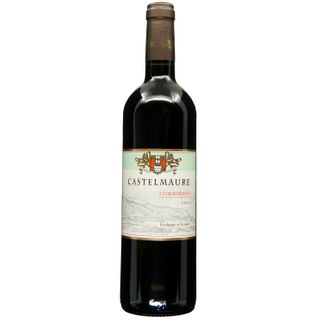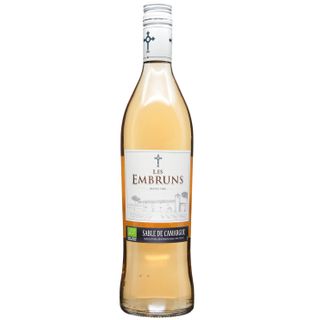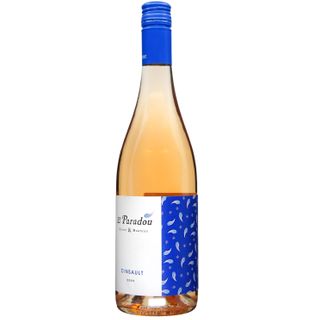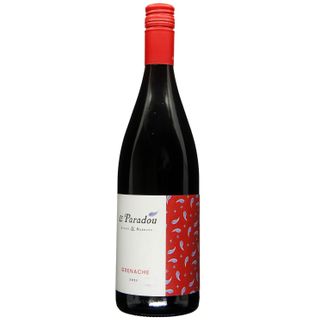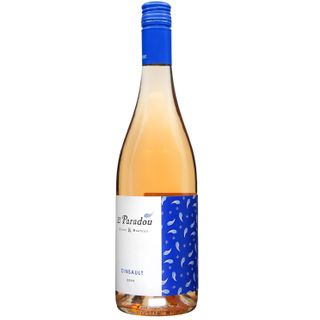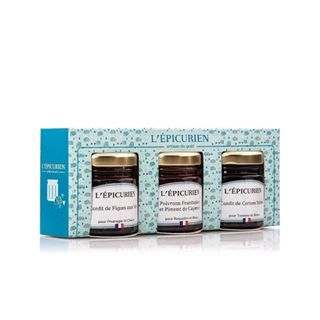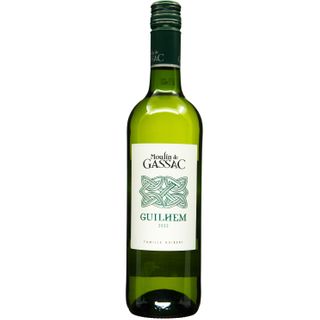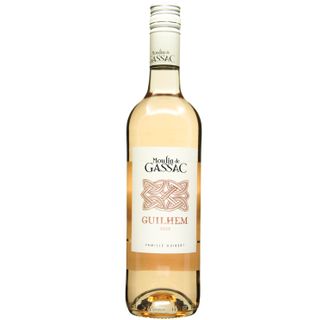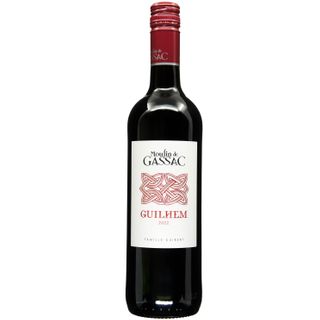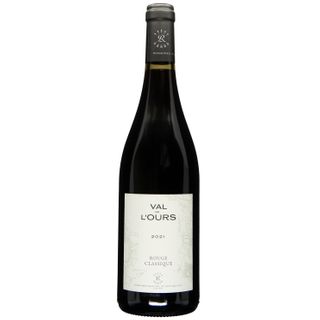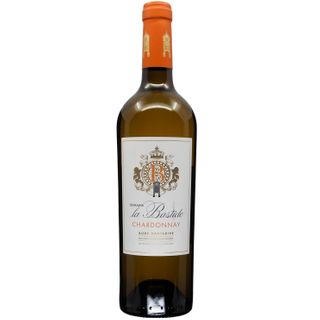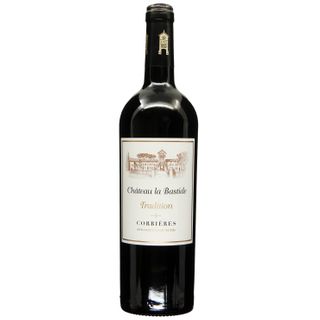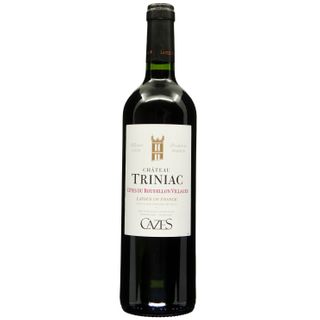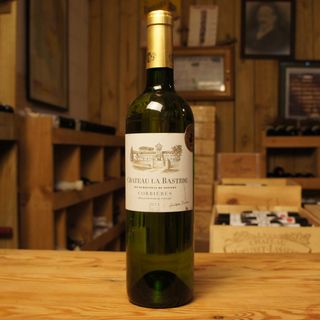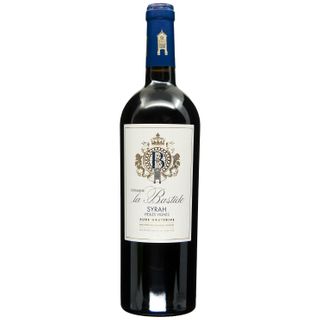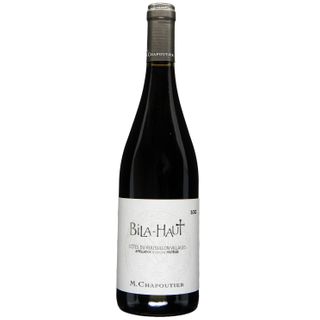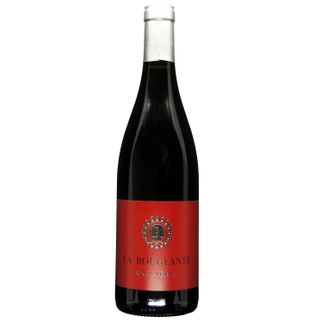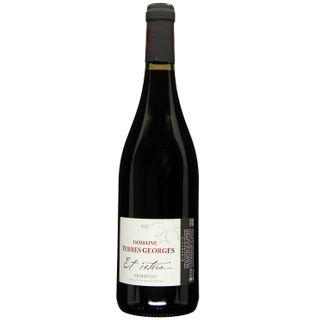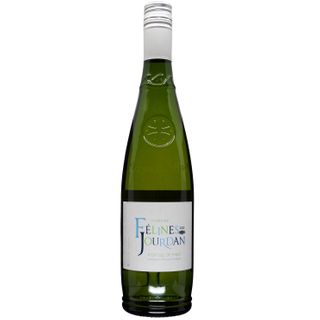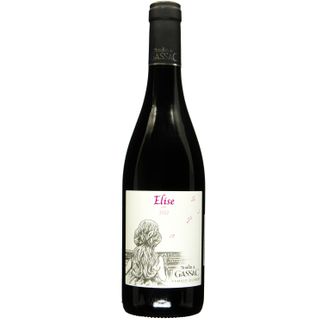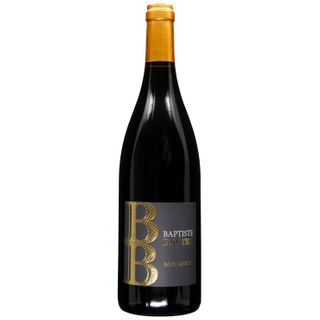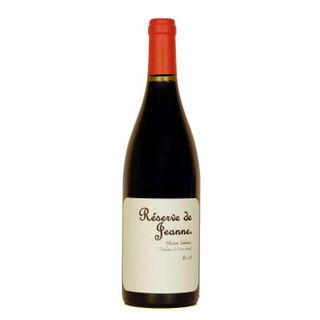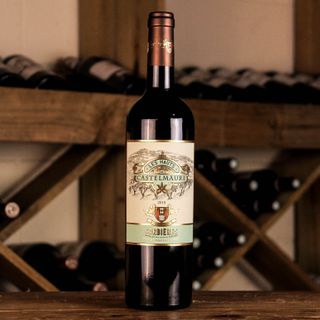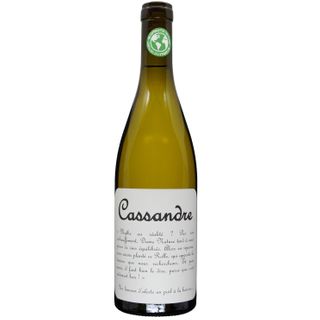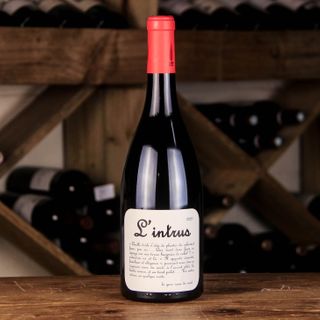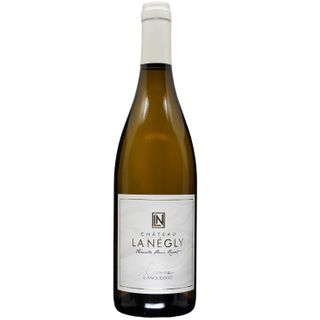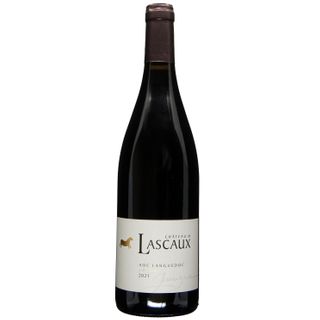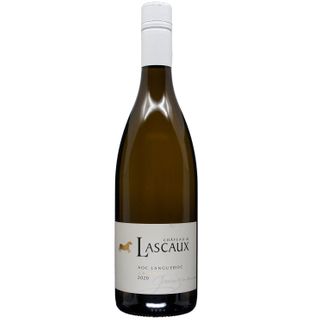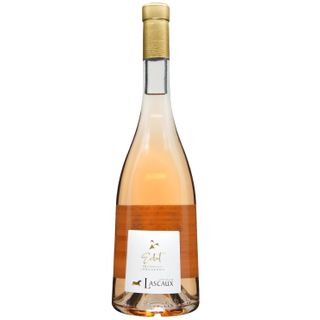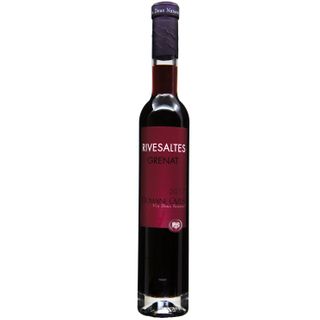Languedoc Roussillon
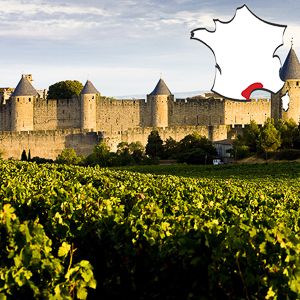
France’s largest wine region follows the Mediterranean coastline from the Pyrenees to the Rhone delta. The Languedoc, with its southern neighbour the Roussillon, share a mountainous terrain where fortified hilltop towns and abbey ruins look out for the vast sea of vines.
Over about 245,000 hectares, the region is now thought to be one of the most interesting and dynamic wine areas in the world, with passionate wine makers – often from the “New World” – experimenting with all sorts of exciting combinations of grape varieties. Not being one of France’s prestigious wine regions, Languedoc-Roussillon has fewer traditions to respect than, say Bordeaux or Burgundy. So the wine growers here tend to be more innovative and less formal to create great subtle and complex wines. It’s more about fun and less about rules.
The mosaic of different soil types at varying altitudes and microclimates offers superb growing conditions. The Languedoc-Roussillon region produces such a huge range of wine as the list of grape varietals seems never ending. Every kind of wines - red, white, rosé sweet and sparling wines – grows under about 30 appellations such as the rich and delicious reds of St Chinian and Corbiere, the crisp white Picpoul de Pinet, the delightful bubbly Cremant de Limoux, the sweetness of Rivesaltes and other roses produced just about everywhere.



